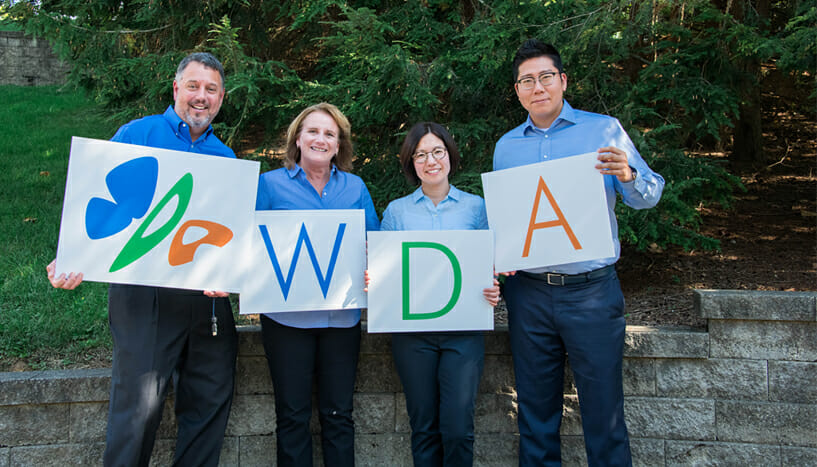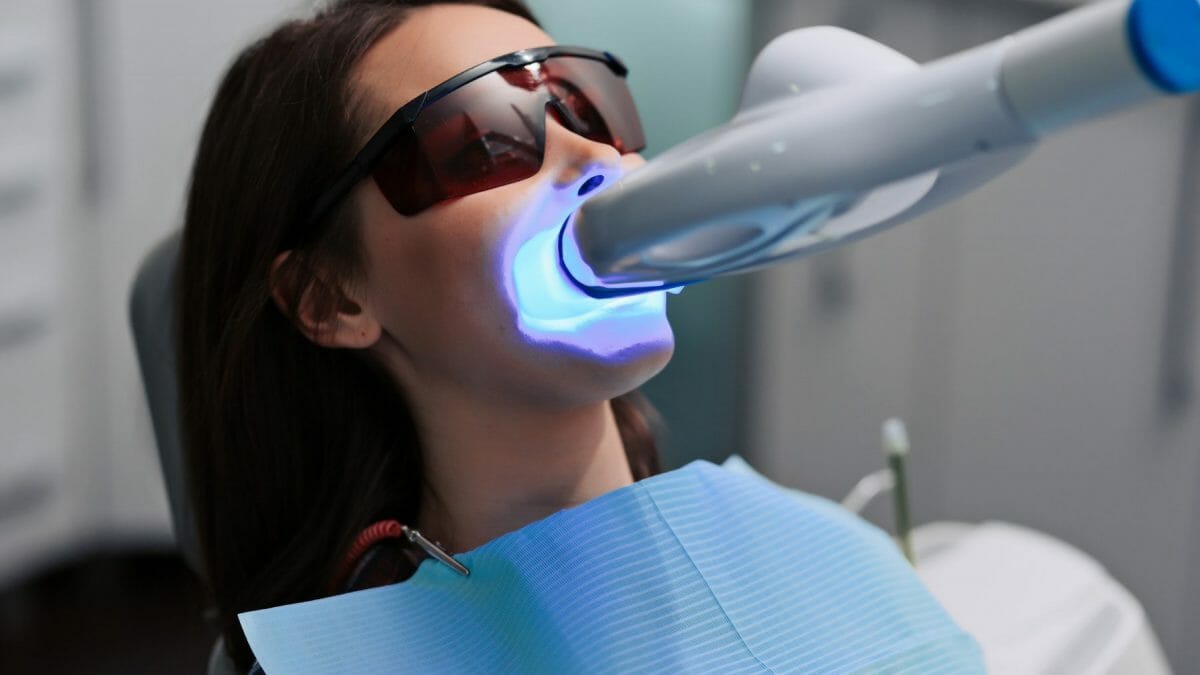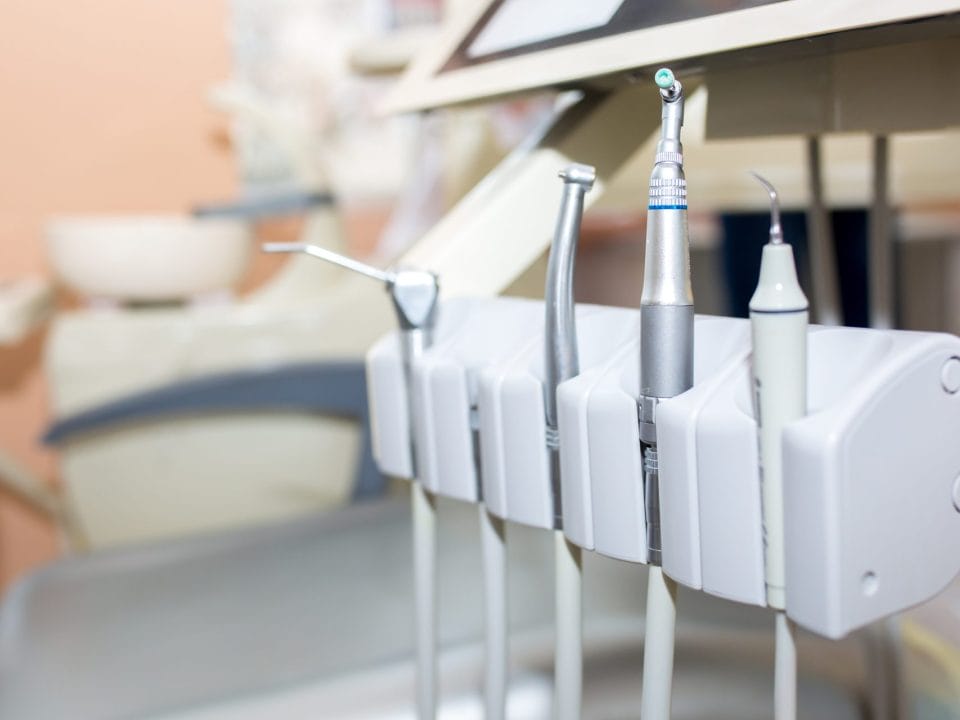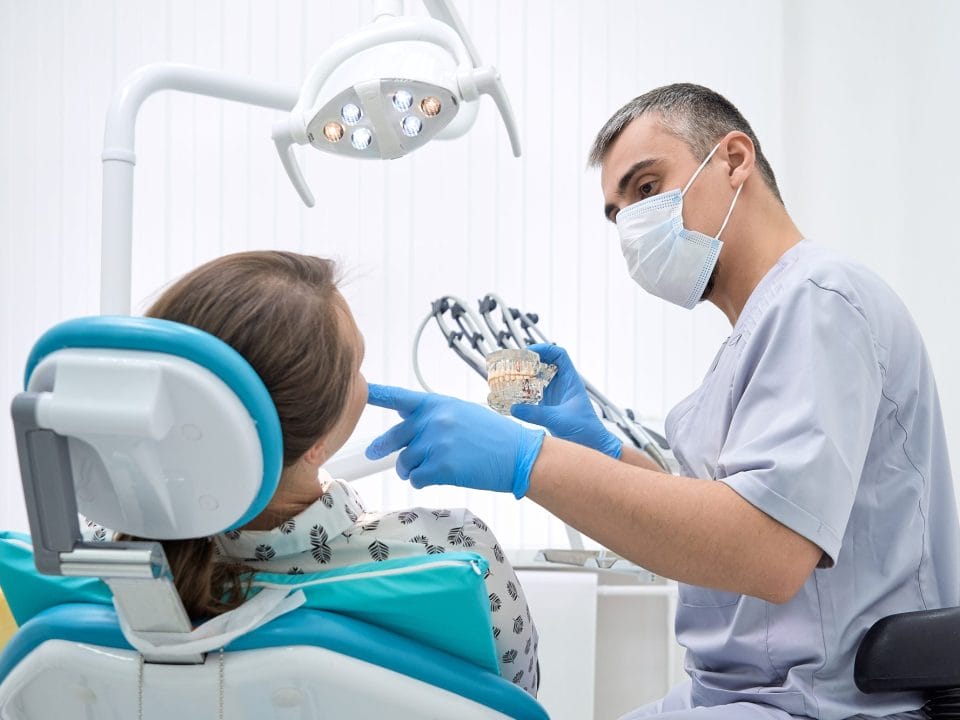
Having a dental emergency? Call us!
614-882-1135
We understand that dental emergencies can happen at any time. If you're in need of urgent care, give us a call, and we'll do everything we can to assist you when it matters most.
Patient Testimonials
Discover Better Dentistry
Become a part of the
Westerville Dental family!
We're accepting new patients. Our dental team prides itself on delivering a truly efficient and enjoyable experience while you’re with us.

An often-heard commercial for a laundry product once featured the line “we don’t want our whites to gray.” It was talking about white clothes, but the idea is just as true for your teeth. You probably don’t want your teeth to turn grey, or brown, or yellow, or any color other than the bright white you see on television stars.
Can teeth stay as white as they were when you were a kid? Probably not. That’s why your local drugstore maintains a selection of teeth whitening toothpaste and teeth whitening kits. But are these DIY methods easy to use? Effective? And most important, safe? Or is there a better way?
Why Does the Color of Your Teeth Change?
It may come as a surprise to learn that human teeth are never really pure white. Not only that, but many of the things we do day-in and day-out are not helping us to keep our teeth white. What touches our teeth can color our teeth. But even without the stains caused by what we eat and drink, tooth enamel darkens with age, regardless of what we do. So, in reality, our teeth are fighting a never-ending battle.
What Can You Do?
The first step to getting bright, white teeth is probably the hardest: avoid all of the foods and beverages that cause stains: coffee, tea, cola, red wine, soy sauce, tomatoes, dark-colored berries…and tobacco. Maybe you can avoid them for a week or two. But not forever. Therefore, your teeth will become stained and so, less white. Brushing and flossing daily is the next step, and your efforts in this regard are helped by regular dental visits.
What if Good Oral Hygiene is Not Enough?
How well you care for your teeth can have a significant effect on how well they maintain their natural color. But with age, teeth will lose their whiteness and begin to look less sparkly no matter how hard you try. To get as close as possible to the sparkling smile you want, you’ll need to rely on one of three basic whitening procedures
- Over-the-counter toothpastes and DIY whitening kits
- At-home whitening kits given to you by your dentist
- Professional whitening done by your dentist in the dental office
How well each of these methods works will depend on several factors:
- Why your teeth are discolored
- How old you are (if you’re not an adult)
- Your dental history of fillings and crowns
- The cost of the treatment
- The safety of the treatment
Are Whitening Treatments Safe?
A professional whitening by a dentist (or at home with a kit provided by a dentist) is quite safe; however, teeth whitening done by yourself may not be. Learn more.
Whitening Toothpaste
Numerous toothpastes claim to whiten teeth, but only those that contain baking soda or hydrogen peroxide can make a difference without exposing your mouth to harsh chemicals that may be harmful. So, be sure to read the labels before you buy. Results aren’t immediate and may not be dramatic. Depending on the stains or discoloration, getting a satisfying result could take weeks, or even months, of consistent daily use.
Whitening Kits
More effective that toothpastes, these kits also require more skill than does toothpaste, because the bleaching solution must be poured into the tray before you place it around your teeth. The soaking tray in off-the-shelf whitening kits aren’t custom-made for your mouth and are difficult to adjust, and the level of bleach in the provided solution is also out of your control. This means that the bleach solution could splash out onto your gums and may cause blisters.
Professional Procedure
A professional tooth whitening is the most reliable means to whiten your teeth — and the safest by far. Professional teeth whitening can make your teeth as much as eight shades whiter, regardless of how badly they’re stained, and can last much longer than DIY treatments. The strength of the solution and the length of soaking time is critical. A professional treatment will use a soaking tray that’s fitted to your mouth, and the bleaching solution will be at a strength that’s most effective for the specific challenges your teeth present. Best of all, the results from a dentist-provided whitening treatment can last a year or longer, depending on your eating, drinking, and smoking habits.
How Can You Choose the Treatment for You?
The first step will be answering two questions.
1. Will It Work?
Teeth can become stained and discolored for a wide variety of reasons over which you may have no control. And not all stains can be lightened by bleaching. If you have sensitive teeth, gum disease, or teeth with worn enamel, tooth whitening may not be a good idea. Even some dental work can cause a gray cast on teeth. Bleaching works best on teeth that have yellowed with age, or teeth that are stained from food and drink. But a bleaching, even a professional one, may not fix brown or gray discoloration.
2. What Will It Cost?
Obviously, the least expensive methods for whitening teeth are those you can do yourself: conscientious use of a whitening toothpaste and periodically using an over-the-counter kit. A professional treatment may be the most effective method, but it can be costly, and many dental insurance plans don’t cover it.
Before you consider any whitening treatment, you’d be well-served to consult our dental professionals. We can assess the condition of your teeth, determine how effective the procedure would be, and give you an idea of how much it will cost. So why not start by contacting us for a free consultation today?


 Meet Dr. Stickel
Meet Dr. Stickel Meet Dr. Zody
Meet Dr. Zody Meet Dr. Choi
Meet Dr. Choi Meet Dr. Son
Meet Dr. Son



